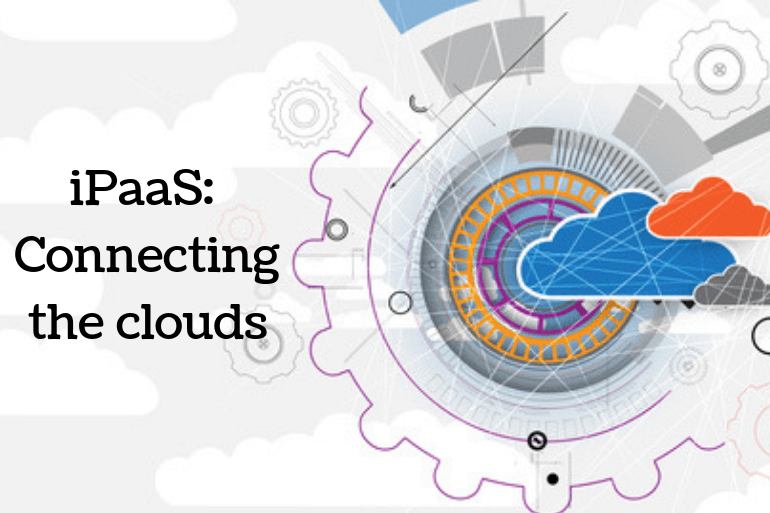iPaaS: The pipework connecting the clouds

As cloud platforms become ubiquitous, iPaaS solutions are enabling businesses to simplify data integration, streamline integration flows, improve efficiency and reduce costs. Cerillion Skyline helps you maximise the capabilities present within iPaaS platforms.
Before the arrival of cloud technology, when companies had to integrate multiple on-premise enterprise applications to support their business, their interoperability was usually achieved using middleware services or point-to-point integrations that typically required customised code, lengthy implementation and costly proprietary technologies to make everything work.
When the internet and faster computer processing enabled the emergence of software-as-a-service (SaaS) as the preferred deployment model, there was still one piece of the enterprise software puzzle that was missing – the plumbing that would connect it all. In the early years of SaaS, most cloud applications were designed to run independently and, if required, integrations were built one by one in the traditional way using costly dedicated interfaces with limited functionality.
However, by 2007 the first cloud integration platforms, or iPaaS (integration platform as a service), started to appear in the market to bridge this gap, including the likes of Boomi (acquired by Dell in 2010). Now, companies consuming cloud apps had the option to use these flexible platforms to quickly setup interfaces without huge investment in bespoke and rigid developments to make two of their services talk to each other.
iPaaS platforms offer a great level of flexibility with pre-built connectors to hundreds of other SaaS applications and require little or no code to automate actions, processes and workflows between multiple cloud elements, and sometimes on-premise legacy systems too. In fact, iPaaS platforms have quickly become one of the key elements of every digital transformation project.
This market has proved to be so promising and complementary to SaaS that earlier his year Salesforce acquired one of the market leaders, MuleSoft, to complement their portfolio and “create a seamless customer experience, no matter where that data lives”, and this has been followed by the acquisitions of built.io by Software AG and scribe by TIBCO in the last 6 months alone. Another clear indicator of the growing maturity of this market is the large number of iPaaS solution providers - currently 107 listed on G2 Crowd and counting.
How does Cerillion Skyline help you to benefit from iPaaS solutions?
To allow companies using Cerillion Skyline to enjoy the full flexibility of these iPaaS platforms, we have developed and enhanced the integration capabilities to provide:
Webhooks
- 20 different system events that can be activated individually
- Multiple URL endpoints per event sent via HTTPS
- Integrated retry mechanism
API
- RESTful web services architecture
- Programmatic API access to all key objects
- HTTPS connection
Typical use cases from integration projects between Skyline and iPaaS platforms include:
Exporting payment transactions to another accounting system: Using the “Payment received” webhook, Skyline sends the payment transaction details to the iPaaS system, which forwards the information to the required accounting app, such as Xero or QuickBooks, using existing built-in actions and interfaces.
Provisioning or updating services in multiple systems: Skyline can trigger a webhook after every subscription is created or changed (including exceptions that are defined at the product level) so that it sends the full subscription details, including custom fields, to update services on external entitlement management systems via an iPaaS platform.
Replicate accounts in other CRM systems: This is one of the most popular use cases. Skyline can trigger the iPaaS system whenever a new account is created or updated, sending all details so that it can be used to create / update a separate CRM system such as Salesforce, Sugar CRM or MS Dynamics via a built-in connector.
Automate internal actions: The iPaaS application can even help to implement custom business logic. For example, you may want to update a custom field parameter within an account following a failed payment. The iPaaS system can receive the failed payment notification trigger from Skyline and then execute one or several actions to modify the account parameters exactly as required by the business rules, using Skyline’s APIs.
In summary, the high flexibility of iPaaS platforms combined with Skyline’s extensive integration options provide a seamless and robust solution for service providers to connect the power of cloud billing into virtually any other online app, effortlessly.
